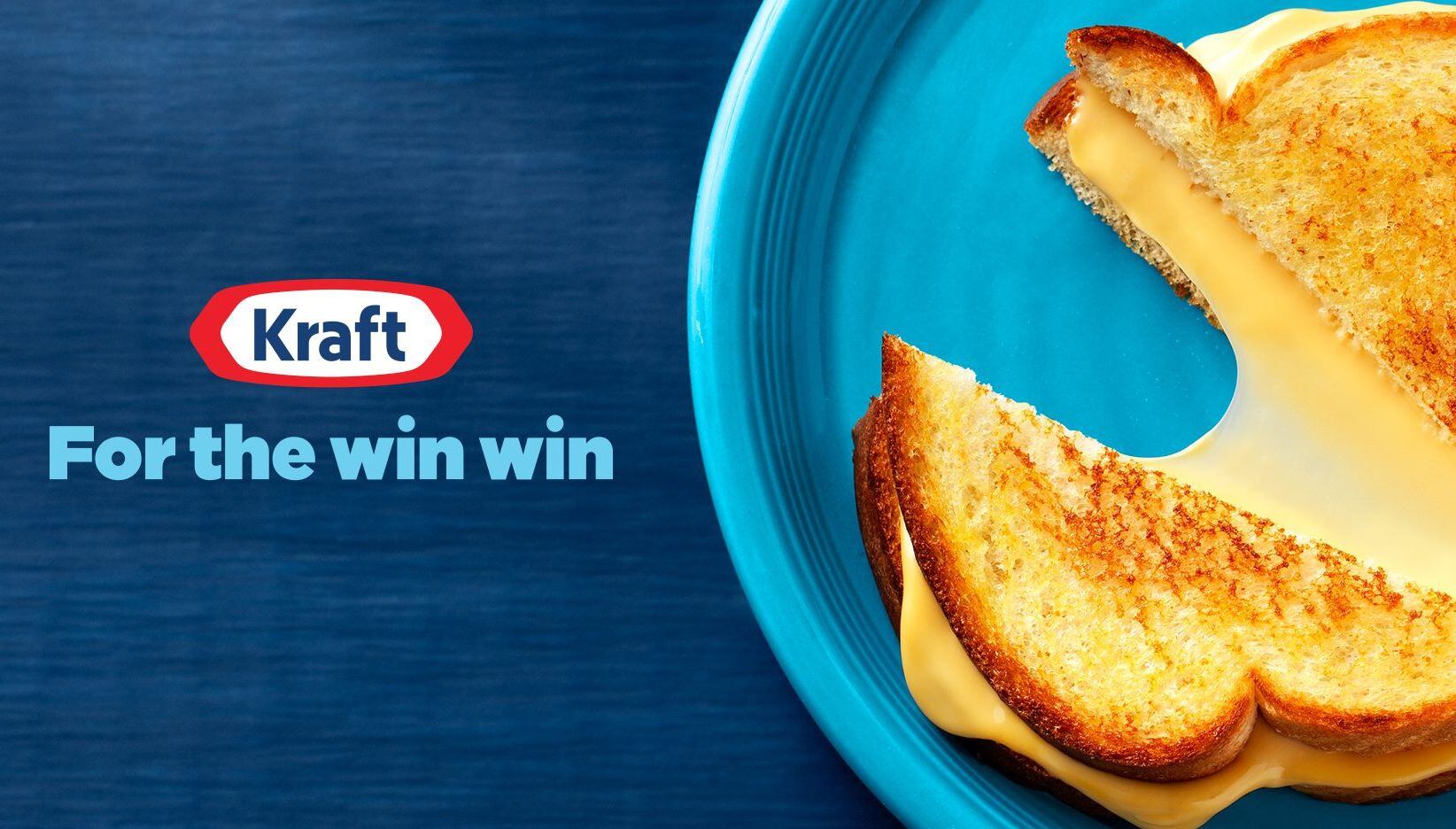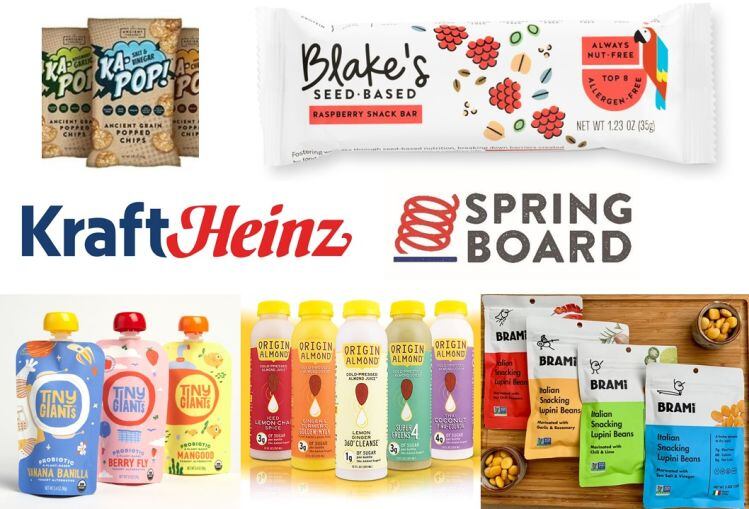Despite some successful new launches (Just Crack an Egg), the acquisition of Paleo-themed brand Primal Kitchen, and a focus on innovation via the Spring Board platform and its new Evolv Ventures $100m venture fund, Kraft Heinz has gained a reputation for ruthless cost-cutting at the expense of innovation and growth, with CEO Miguel Patricio acknowledging in the latest earnings call that the company had been “too focused on the bottom line.”
Kraft Heinz had the third lowest ad spend as a percentage of sales and the lowest R&D spend as a percentage of sales in 2018 across all the big food companies they cover, noted analysts at Bernstein in a 27-page note released Monday.
“Kraft Heinz remains notably below the industry average, suggesting room to increase its brand building investments.” However, this could further reduce its margin premium relative to peers, they acknowledged.
To compound the woe for Patricio, a former CMO at AB InBev who took the helm in July 1, the firm’s stock price has declined by a third this year on the back of double-digit profit declines, a dividend cut, a huge write-down of goodwill, and an SEC investigation into accounting policies and internal controls in procurement.
“Maybe in the past, we were too focused on the bottom line. We need a strategy, first of all for growth, which is critical.
“We need to become more consumer obsessed so we can better predict their behavior even before they know it. There are practices that need to change in the product development process, so we can be faster and more consumer-centric with our new products.”
Miguel Patricio, CEO, Kraft Heinz
‘Performance has been mixed across most of Kraft Heinz's billion-dollar brands in US measured channels’
So how attractive is the Kraft Heinz portfolio?
The company has good exposure to the faster growing store perimeter via categories such as lunchmeat, cheese, bacon, Lunchables and fresh snacks (eg. Oscar Mayer P3 protein packs), notes Bernstein.
However, it also competes in categories facing heightened competitive pressure: “Performance has been mixed across most of Kraft Heinz's billion-dollar brands in US measured channels, with the notable exception of Philadelphia cream cheese, which is more on trend with consumers and has consistently delivered positive growth in recent years.
“Mr. Patricio may want to consider divesting Kraft Heinz's processed cheese, snack nuts, and coffee businesses as the processed cheese and nuts categories are highly commoditized with intense private label price competition, while Kraft Heinz's mainstream coffee brands are losing share to both premium brands and private label.
"Divesting these businesses could reduce Kraft Heinz's earnings volatility, albeit dilutive in the near term, and improve the competitive positioning of its portfolio."
Kraft Heinz's mainstream coffee brands have lost their appeal

Kraft Heinz has experienced negative sales growth for over two years in processed cheese (c.16% of Kraft Heinz’s sales in US measured channels) says Bernstein. “Mr. Patricio may want to consider divesting select brands (e.g., Velveeta, Kraft Singles) to reduce earnings volatility and to make its portfolio less susceptible to private label competition.”
Snack nuts (c.5% of Kraft Heinz's sales in US measured channels) is also a commoditized category with intense private label competition and relatively low margins, notes Bernstein: “Kraft Heinz's sales growth has been negative since mid-2016 despite briefly turning positive in early 2019… We believe that divesting the

snack nuts business could further reduce Kraft Heinz's earnings volatility and improve its margin profile.”
In ground and single serve coffee (c.5% of Kraft Heinz's sales in US measured channels), Kraft Heinz's mainstream brands have lost their appeal, claims Bernstein. “As consumers shift to more premium coffee products, mainstream ground coffee brands such as Smucker's Folgers and Kraft Heinz's Maxwell House have lost 3-5% market share since 2015, whereas premium coffee brands such as Starbucks, Dunkin, and Peet's Coffee have gained share over the same time period."

In single serve coffee, Kraft Heinz's sales growth has turned negative since late 2018, adds Bernstein. “Private label has gained meaningful share whereas Maxwell House and Gevalia have each lost ~1% market share since 2015.
“It might make sense for Kraft Heinz to explore a divestiture of Maxwell House [although private equity buyers have not apparently shown much interest, according to CNBC].”
Were Patricio to sell all three segments at fairly low valuations (1.25x sales for processed cheese, 1x sales for snack nuts and coffee) Kraft Heinz would net around $4.9bn, says Bernstein.
“What complicates the matter for Mr. Patricio is that he will need to turn around the company while balancing the need to pay out dividends and the need to reduce leverage to maintain its investment grade rating.”
Heinz was acquired by private equity firms 3G and Berkshire Hathaway in June 2013, and tied the knot with Kraft Foods Group in summer 2015. Brands in the combined portfolio include Heinz brands: Heinz Ketchup, Classico, Ore-Ida, TGI Friday’s, WW, Heinz Beanz, and Smart Ones; plus Kraft brands: Kraft, Velveeta, Jell-O, Oscar Mayer, Philadelphia, Cool Whip, Kool-Aid, Capri-Sun, MiO, Planter’s, and Lunchables.
The biggest segments in Kraft Heinz’s portfolio by revenue in 2018 were condiments (26%), cheese (20%), shelf-stable foods such as Mac & Cheese (10%), frozen and chilled foods (10%), and meat / seafood (10%), followed by beverages (6%), coffee (5%), desserts (4%), nuts (4%), baby food (3%) and other products (3%). By geography, the US market represents around 70% of Kraft Heinz's annual sales.




